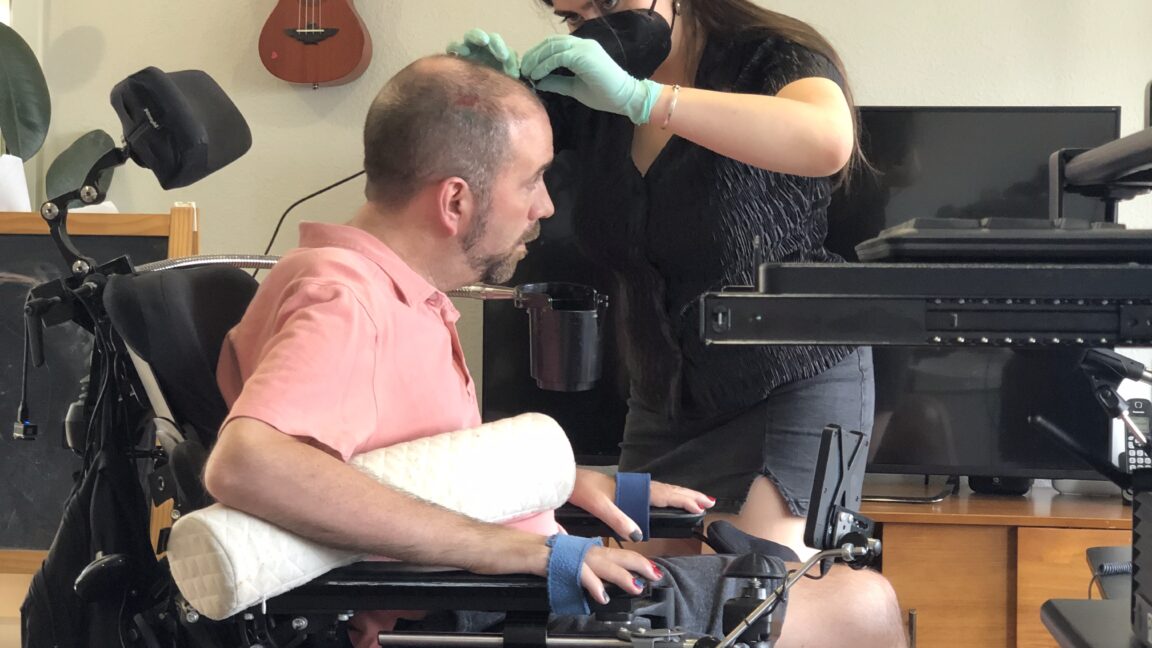
A neural brain implant provides near instantaneous speech
How did your country report this? Share your view in the comments.
Diverging Reports Breakdown
A neural brain implant provides near instantaneous speech
Scientists at the University of California, Davis have built a neural prosthesis that can instantly translate brain signals into sounds. It may be the first real step we have taken toward a fully digital vocal tract. Most successful neural prostheses developed so far have translated brain signals to text. The new prosthesis could help patients with paralysis to speak as fluently as possible, managing their own cadence, and be more expressive by letting them modulate their intonation, says Maitreyee Wairagkar.
But a lot has changed since Hawking died in 2018. Recent brain-computer-interface (BCI) devices have made it possible to translate neural activity directly into text and even speech. Unfortunately, these systems had significant latency, often limiting the user to a predefined vocabulary, and they did not handle nuances of spoken language like pitch or prosody. Now, a team of scientists at the University of California, Davis has built a neural prosthesis that can instantly translate brain signals into sounds—phonemes and words. It may be the first real step we have taken toward a fully digital vocal tract.
Text messaging
“Our main goal is creating a flexible speech neuroprosthesis that enables a patient with paralysis to speak as fluently as possible, managing their own cadence, and be more expressive by letting them modulate their intonation,” says Maitreyee Wairagkar, a neuroprosthetics researcher at UC Davis who led the study. Developing a prosthesis ticking all these boxes was an enormous challenge because it meant Wairagkar’s team had to solve nearly all the problems BCI-based communication solutions have faced in the past. And they had quite a lot of problems.
The first issue was moving beyond text—most successful neural prostheses developed so far have translated brain signals into text—the words a patient with an implanted prosthesis wanted to say simply appeared on a screen. Francis R. Willett led a team at Stanford University that achieved brain-to-text translation with around a 25 percent error rate. “When a woman with ALS was trying to speak, they could decode the words. Three out of four words were correct. That was super exciting but not enough for daily communication,” says Sergey Stavisky, a neuroscientist at UC Davis and a senior author of the study.
Source: https://arstechnica.com/science/2025/06/a-neural-brain-implant-provides-near-instantaneous-speech/
